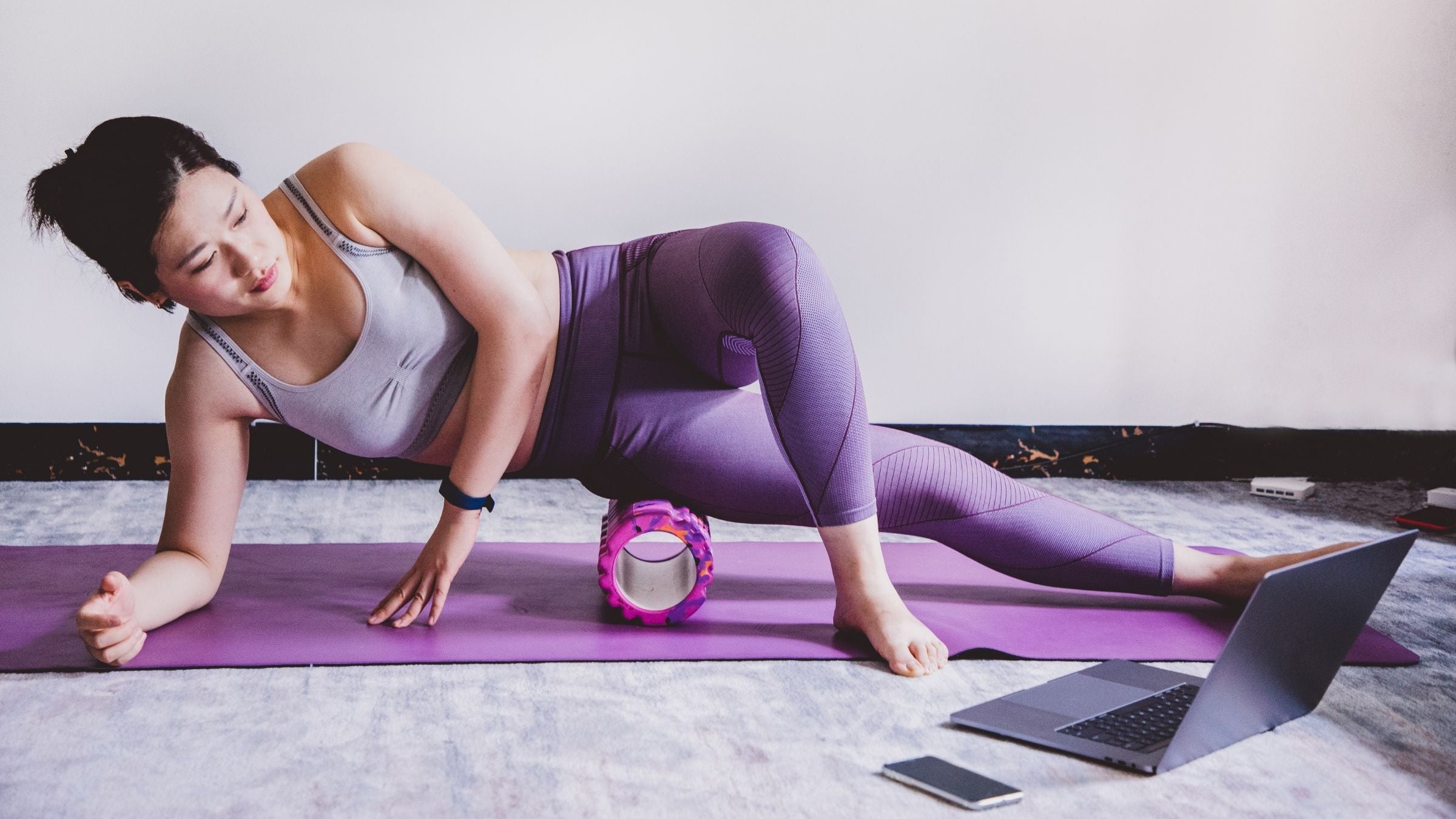Ask A Trainer: How Should I Use a Foam Roller During Race Season?

(Photo: Getty Images)
Foam rolling is a popular stretching technique and form of myofascial release among amateur and pro-level triathletes for improving mobility, preventing injury, and aiding recovery, akin to massage for treating muscle stiffness and pain.
While tightness and “knots” (adhesions) in your body’s tissue are a natural response to training, injury, and basic lifestyle habits, foam rolling is best used to improve the natural gliding of the body’s tissues—including skin, fat, and muscle fascia. When we have a body that bends, reaches, pushes, and pulls without restriction, we are at our most biomechanically efficient.
But if you are relatively new to foam rolling, how do you begin to incorporate this valuable training tool into your regimen now that we are about to enter the heart of the racing season? Here are some guidelines to either get you off the starting blocks or softly refine your current routine.
RELATED: Do These 3 Foam Roller Exercises After Every Run
1. Commit to rolling gently and consistently.
Race week is never the best time to add anything new—including a foam roller, which may be too hard, too small, or difficult to pack in your bag. Although a foam roller can be a great tool for warm-up, give yourself at least a week or two before a race to gently incorporate a foam roller as a consistent recovery tool after your workouts. Your foam roller shouldn’t leave you sore, and shouldn’t cause you any more pain than a session with your massage therapist.
Post-race is the time to begin experimenting with pre-workout foam roller techniques.
2. Don’t pick on tissue that is already angry.
A foam roller isn’t a quick fix for pain, especially in season. If you have a knot in your quadricep or a niggle in your calf, mashing that overstressed tissue with a foam roller only further aggravates and potentially causes more damage to the tissue. Instead, gently foam roll above and below the knot all the way to the insertion point at the surrounding joints. Releasing pressure around the area will help aid the stressed tissue, helping to get you more comfortable pre-race.
3. Spend more time where more time is needed.
Foam rolling doesn’t need to be “exactly even.” In fact, daily patterns of movement, an injury, or a body’s given physiology might necessitate spending more time on one side of the body than the other.
4. Avoid always rolling the exact same patterns.
If discomfort or tightness has been appearing repeatedly, you need to work on another link in your kinetic chain (neighboring or synergistic muscle), which might be causing the actual problem. If you are not feeling a release of stress in a given system or subset of tissue then it’s time to change it up!
5. Hydrate as you would with massage.
Remember that a foam roller promotes internal efficiency and ensuring your hydration levels are topped off will only expedite recovery. Pressure applied from a foam roller boosts circulation and blood flow to your soft tissue much like massage. Healthy hydration levels support the kidneys as they process both toxins and nutrients, and a well-hydrated body transports oxygen more adeptly.
6. Do NOT foam roll your IT band!
In general, steer clear of ligaments, tendons, and bones with your foam roller, including the IT band (tendon) that runs down the outside of your thigh and gets blamed for a whole host of knee and lower leg issues. Instead, spend time rolling the musculature associated with the IT band: quads, glutes, the TFL (tensor fasciae latae), and the hamstrings. Once your race is over, get to work on strengthening your hips and core to achieve better balance (and less pain) from your waist down.
RELATED: Ask a Trainer: How Do I Get Rid of IT Band Syndrome?